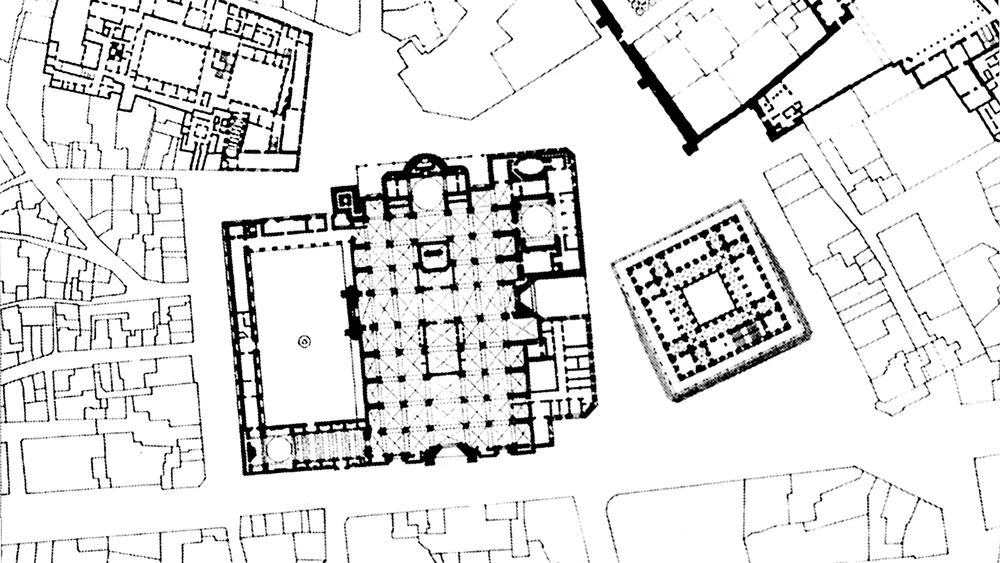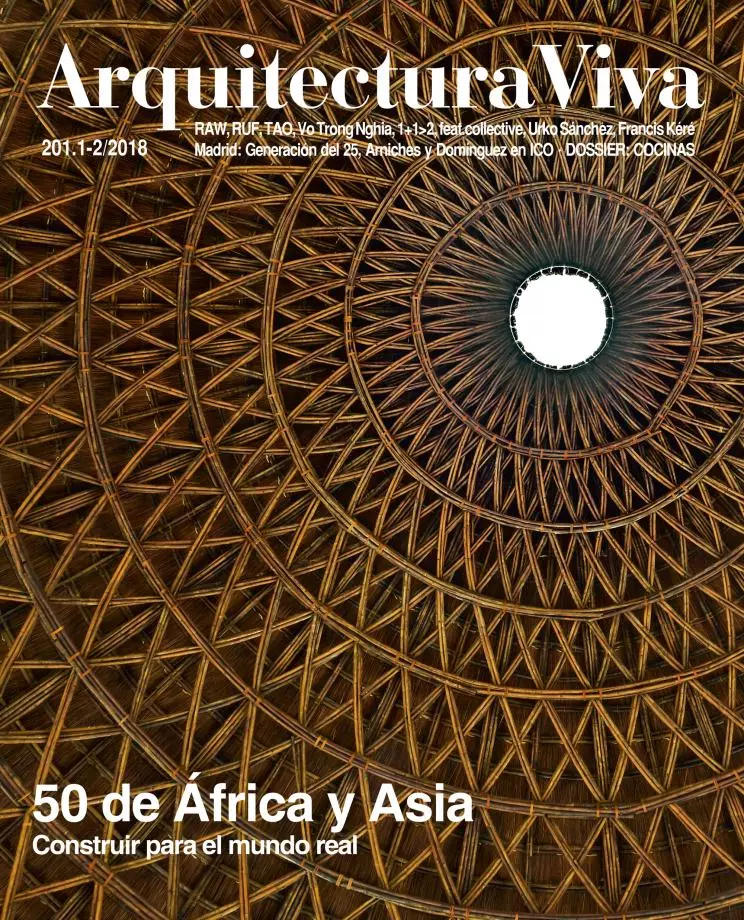
This promenade through Córdoba, Seville, and Granada is also a walk through the intellectual journey of its author. Rafael Moneo brings together three texts, written in successive decades, that examine three monumental works built in the period between the 8th and 20th centuries in Andalusia, and the different approaches he uses in analyzing the vicissitudes undergone by the buildings are a testimony of the evolution of his critical interests. The Great Mosque of Córdoba is a pretext to map out the formal structure underlying the various enlargements and incorporations effected over eight centuries; the lonja of Seville prompts him to read Juan de Herrera’s Discurso de la figura cúbica and verify the influence of the architect’s ideas on the building whose construction straddled the 16th and 17th centuries; and the carmen of Rodríguez-Acosta in Granada is examined in a search for the authorship of the projects carried out between 1916 and 1926.
The essay on the mosque, written for a Harvard lecture in 1977, explains how its original formal composition crystallized the building’s image and structure, which were unaltered by subsequent interventions, because “the life of buildings is sustained by architecture, by the permanence of its most characteristic formal features,” advocating respect for architectural identity when a work has to be modified to adapt it to new needs.
In the article about Herrera and the lonja, written for a Festsschrift in line with the 70th birthday of the historian Eduard Sekler (1920-2017), Moneo explores the links of the Discurso with Raimundo Lulio and proposes seeing the lonja as an ‘elemented cube,’ noting the congruence between the architect’s cosmology and the bold construction he erected facing the cathedral, though dotting the text with numerous questions, from those referring to the actual author of the Discurso – Manfredo Tafuri doubted its attribution to Herrera, just as he would dispute Pedro Machuca’s authorship of the Palace of Carlos V – to those surrounding the discrepancies between Herrera’s drawings for the lonja and the final work, executed with the intervention of other architects.
Multiple authorship is also present in the examination of the construction of the Granada carmen, published as a book in 2000 and now reproduced, with part of the illustrations taken out (still exceeding a hundred, and unfortunately poorly printed) but maintaining the inquisitive, detective spirit that enables Moneo to complete the historical puzzle and conclude that the only real author, over and above the architects who carried out different projects, is none other than the house’s artist owner, who with it achieved an architectural self-portrait.
The three articles in turn paint a critical self-portrait of Moneo, changing like his own interests but constant in his determination to insert new architecture in the existing, and historical buildings in the flow of life. Tough reading for the uninitiated, the texts triangulate the intellectual biography of the most cultured contemporary master, the one who has best taught us to listen to the voices of the past.






